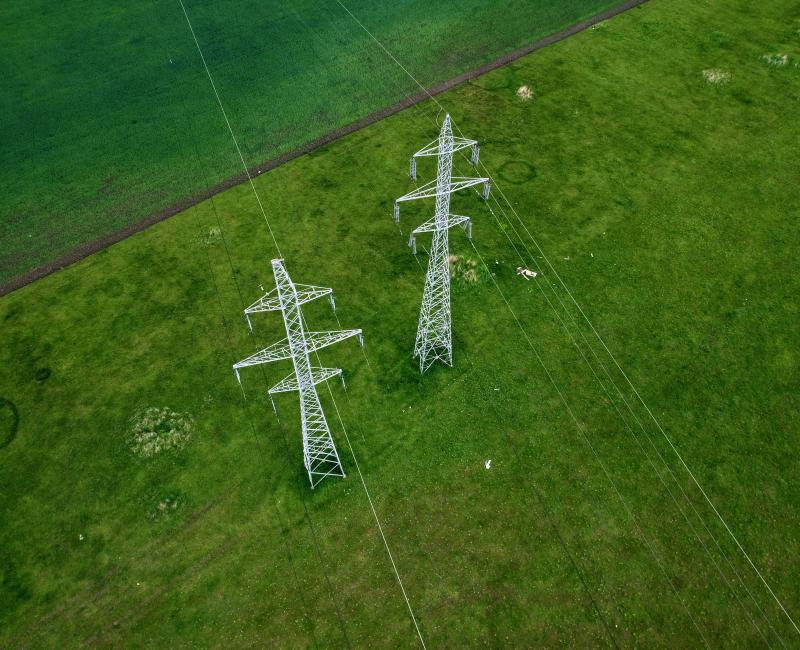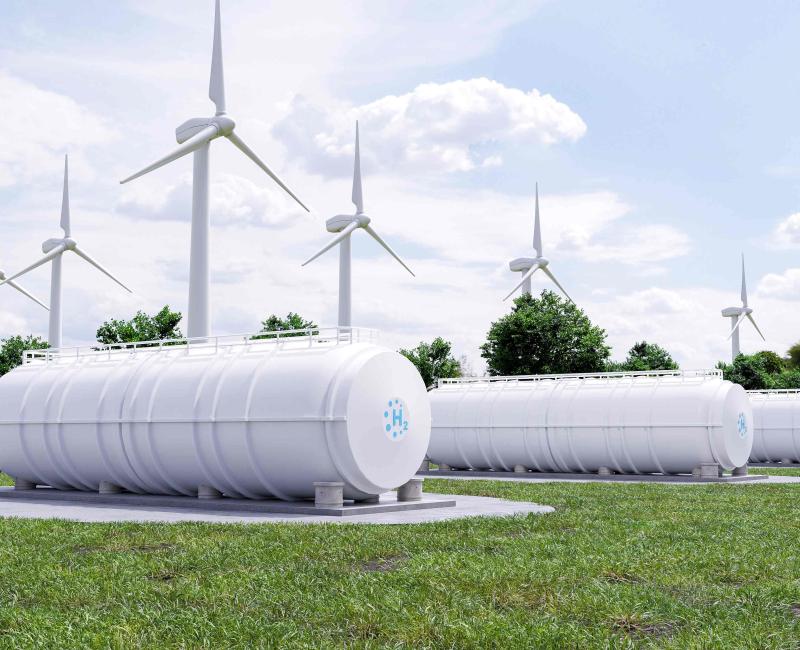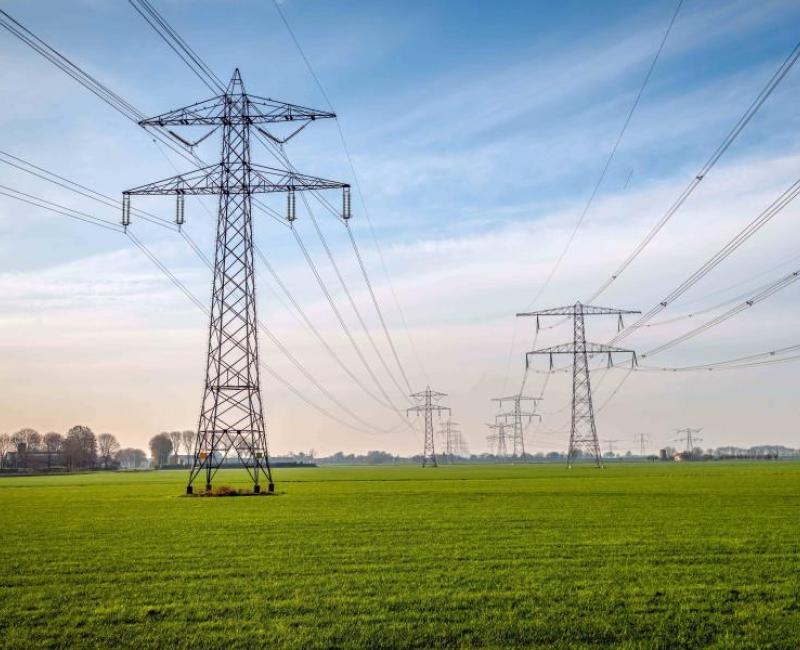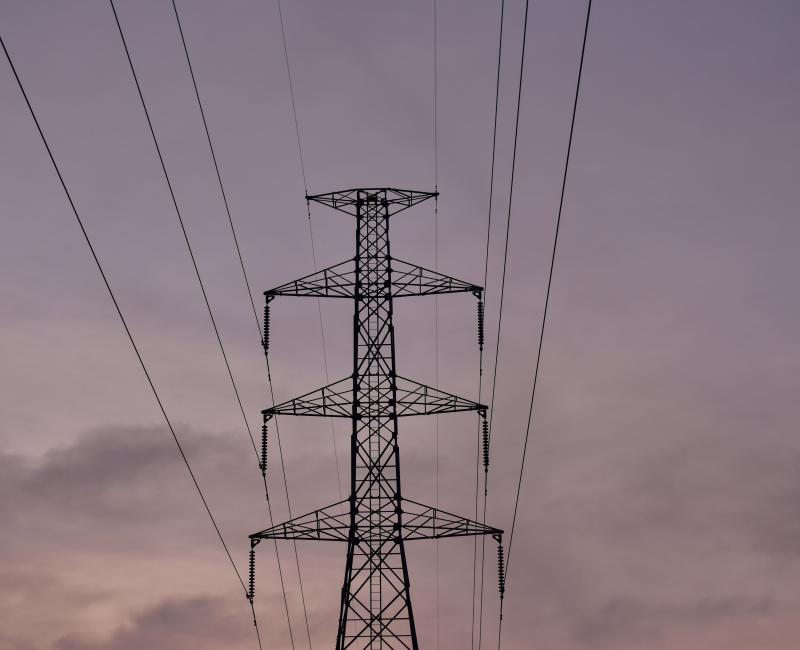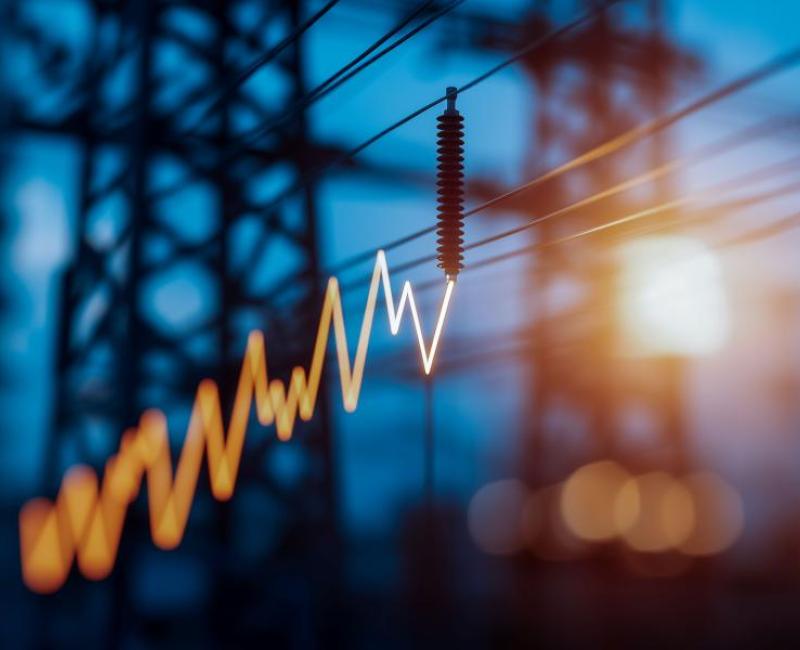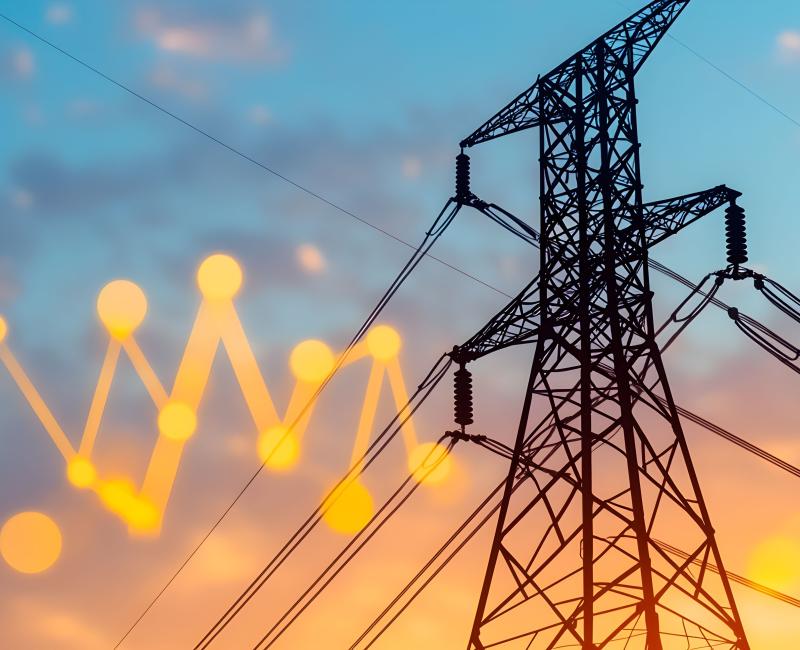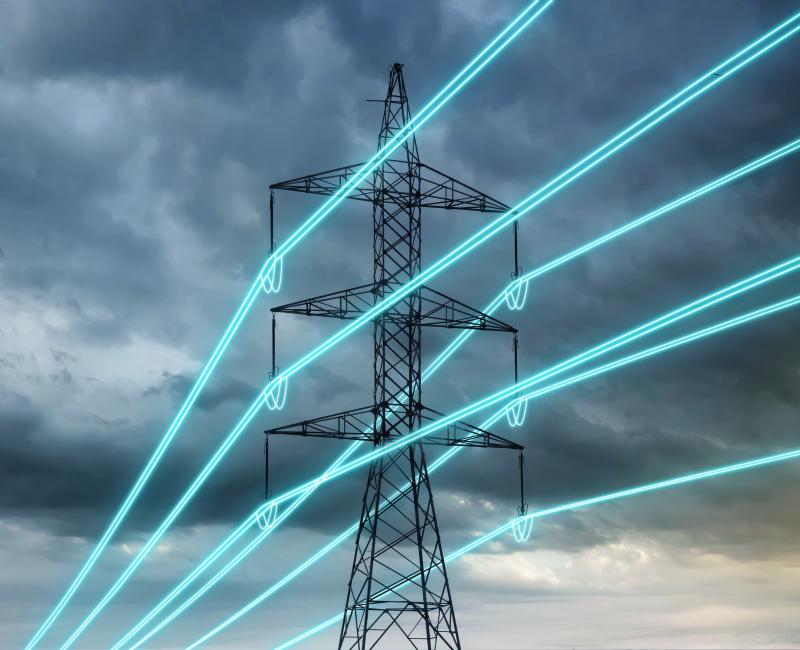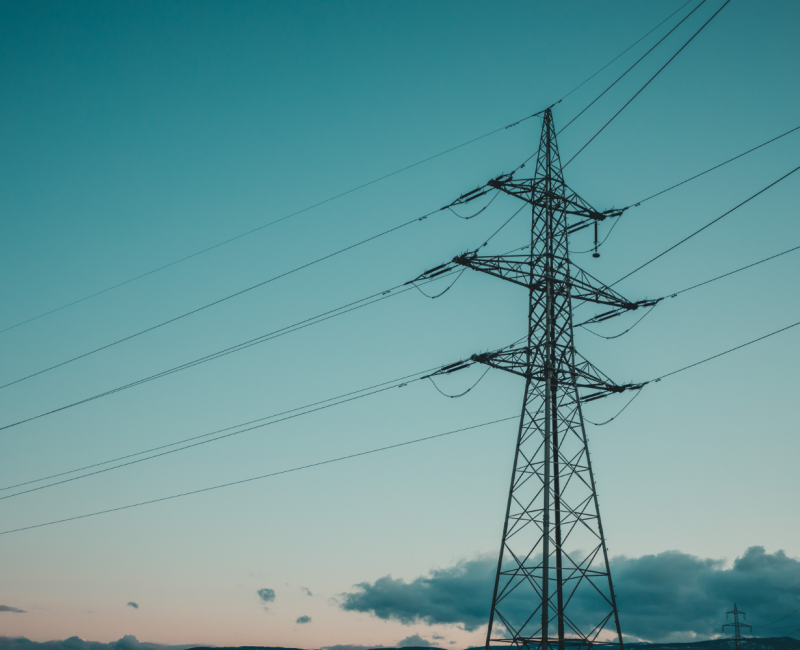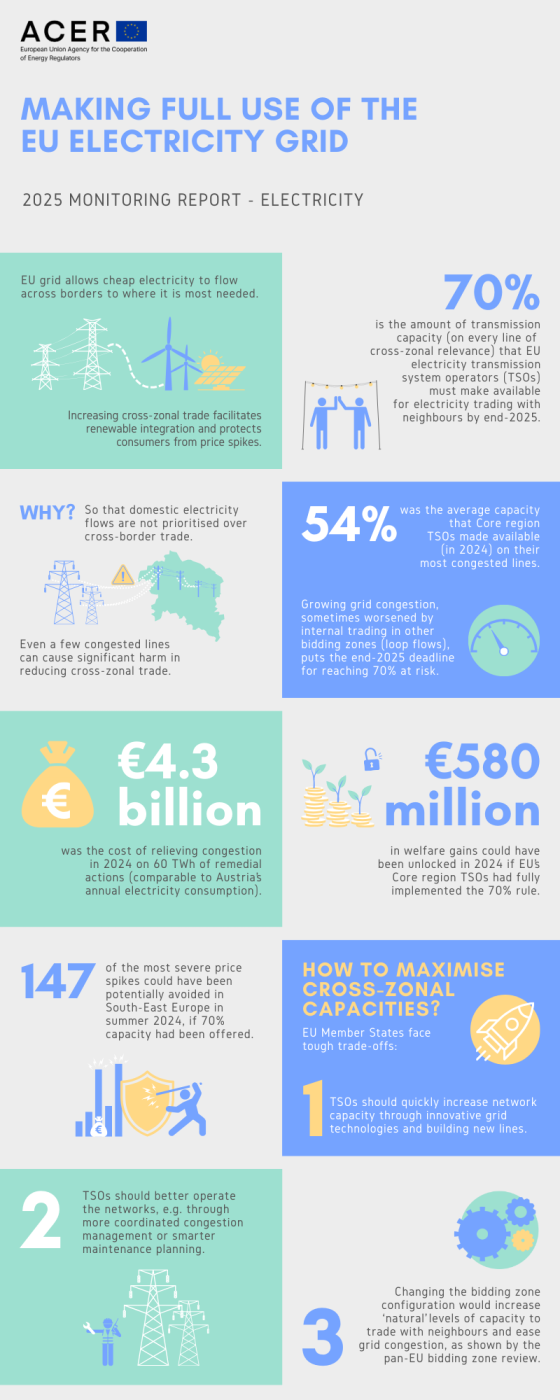ACER to review the methodology for electricity redispatching and countertrading cost sharing for the Core region
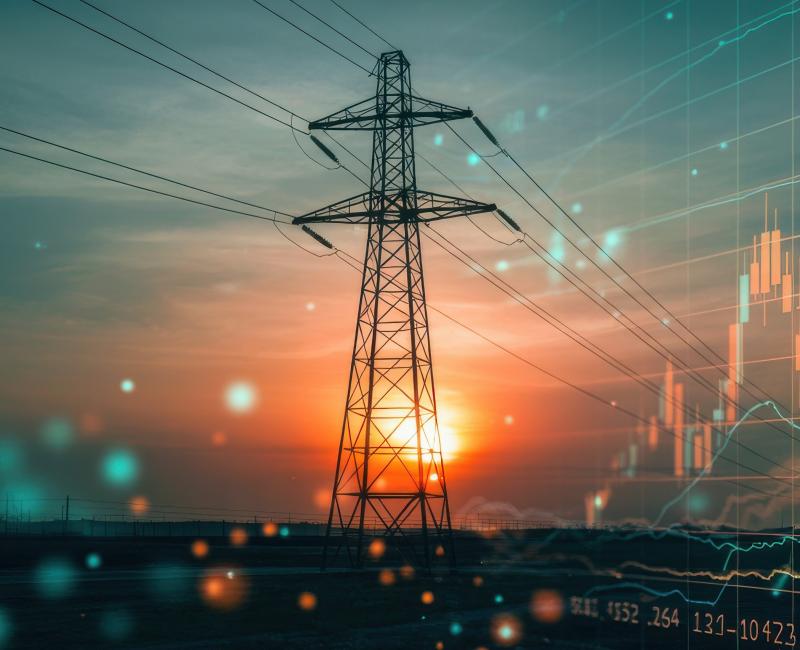
ACER to review the methodology for electricity redispatching and countertrading cost sharing for the Core region
What is it about?
Today, ACER initiates the review of its Decision 30/2020 on the electricity redispatching and countertrading cost sharing methodology for the Core capacity calculation region.
What is a capacity calculation region?
A capacity calculation region is a set of electrically interdependent bidding zone borders, where capacity calculation, regional operational security, redispatching and countertrading costs sharing tasks are coordinated by that region’s transmission system operators (TSOs).
The Core capacity calculation region involves the TSOs and bidding zone borders of Austria, Belgium, Croatia, Czech Republic, France, Germany, Hungary, Luxembourg, the Netherlands, Poland, Romania, Slovakia and Slovenia. It is the biggest European region, involving 13 Member States, 16 TSOs and 19 bidding zone borders.
What is the methodology about?
The cost sharing methodology allocates the costs from redispatching and countertrading remedial actions within a capacity calculation region. These actions are triggered to solve network congestions occurring within the region.
Specifically, this methodology tracks how each action affects congested network elements and assigns the related costs to the responsible TSOs, based on the order of flow types (loop, internal, allocated and power-shifting transformer flows). Loop flows are charged first, however according to the Electricity Regulation, its portion below a given threshold is exempted.
Why amend the methodology?
On foot of the ACER Board of Appeal Decision of 31 July 2025, ACER is now revising its Decision 30/2020 and the methodology accordingly.
What are the next steps?
ACER aims to adopt its Decision by the end of January 2026.
